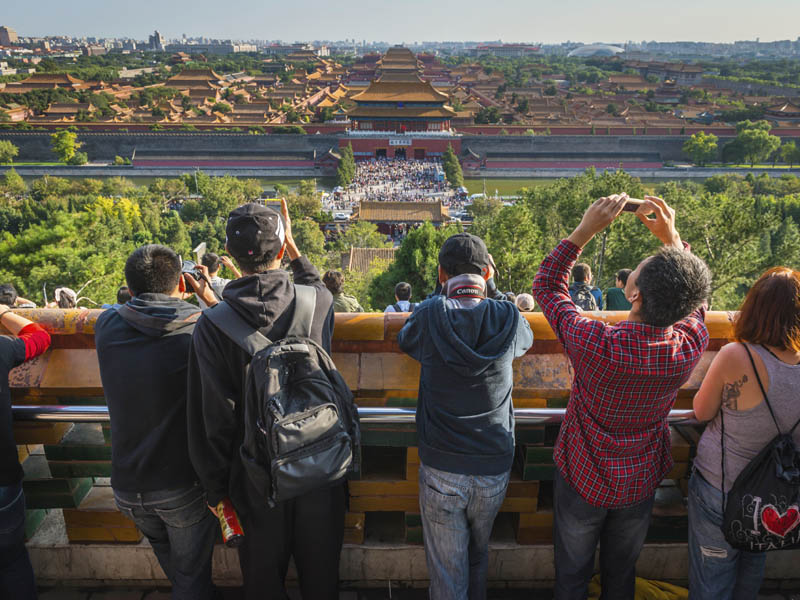Arriving in sleepy Vientiane, the capital of Communist run Laos – one of the least populous nations in the region, with just six million people – last week, I was surprised that a 4G option had been added to the counter of mobile network Unitel (one of four operators) at the airport.
Still, it was more expensive than the 3G service that had previously served me well in this chilled out riverside town. So I went with a $6 Sim card that gives unlimited local calls and texts and 500Mb of data, that has been problem free in the past.
Similarly, a recent trip to another relative backwater, Myanmar, showed that, at least in major urban areas 3G connectivity is often faster than wi-fi options.

In both countries, it seems that every local – and most struggle to get by – is using a smartphone. In Myanmar one of the local providers offers basic Android-based smartphones for only US$15 and Ooredoo, one of the countries three networks, claims that 85 per cent of its users are on a smartphone.
Second hand and reconditioned high-end models such as Apple and Samsung are to be found at every electronics market. A second hand iPhone 4S, for example, can be picked up for less than US$200, the next model for US$100 more – all with a 12 month guarantee.
All this is a practical illustration of the reason that the most common word one hears when picking the brains of technology and innovation veterans, experts and wannabes in Asia, is mobile. Frankly, if you are in the ecommerce or applications business and you do not have a mobile ready site at the very least – the jury still remains out on the longevity of made-for-purpose mobile apps – you are not in the game.
Mobiles are everywhere and everyone has at least one.
It’s rare a taxi driver in Bangkok for example, that doesn’t have at least two and there are very few who don’t allow you recharge as you travel.
Along with exploding smartphone use has come a surging use of social media messaging applications.
Facebook, for instance, now has more than 230 million active users around Southeast Asia, and almost 200 million of these logged in via mobile devices in the past 30 days, according to a recent presentation by Simon Kemp, Regional Managing Partner for We Are Social in Asia, posted on the Tech in Asia website.
“Interestingly, despite media click-bait suggesting that young people are leaving Facebook “in their droves”, the latest data suggest that Facebook remains hugely popular with millennial audiences,” Mr Kemp said.
The group noted that more than 70 per cent of the platform’s users in the region are under 30 years of age and Facebook had reported that that more than 63 million users under the age of 20 used the site in the past 30 days.
Japanese chat application LINE is hugely popular in Thailand and Whatsapp (also now owned by Facebook) is also popular.
“Our analysis suggests that LINE is just a few hundred thousand users behind Facebook in Thailand,” Kemp added.
“The same data suggest that LINE has a significant user base in Indonesia, although it’s still a long way behind Facebook, which reports 79 million users in the region’s largest country.”
Viber, owned by Japanese internet group Ratuken, is popular in the Philippines while WeChat, or Weixin, “continues to be popular amongst native Mandarin speakers around the region too, although the lion’s share of Tencent’s hugely popular platform still lives in mainland China.”
Do you know more? Contact James Riley via Email.

